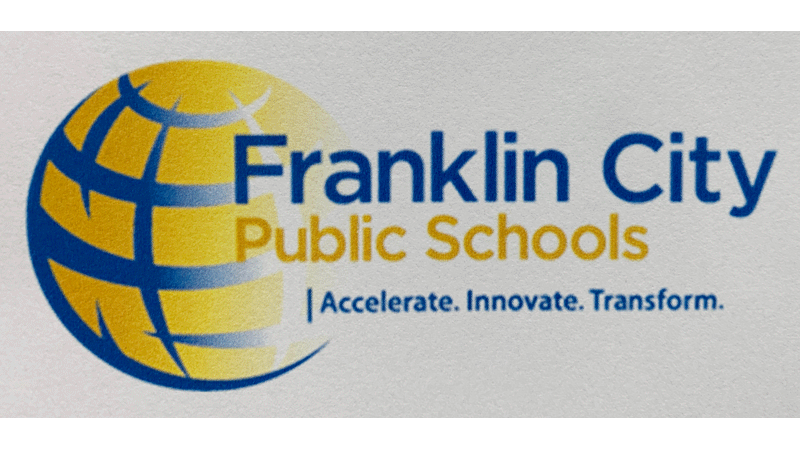Virginia schools close connectivity gap in 2019
Published 4:28 pm Friday, January 3, 2020
|
Getting your Trinity Audio player ready...
|
RICHMOND
Virtually all of Virginia’s 1.3 million public school students now attend schools that meet or exceed the Federal Communications Commission’s standard for internet access, according to the non-profit organization EducationSuperHighway’s latest state connectivity snapshot.
“High-speed internet access is critical to prepare students for postsecondary education and to take advantage of high-tech employment opportunities in the coming decade,” Superintendent of Public Instruction James Lane said. “But technology does not stand still, and we will continue to collaborate with leaders in the public and private sectors to ensure that all students — whether in school or at home — can benefit from ever-evolving digital-learning opportunities.”
In 2015, only about 46 percent of Virginia students attended schools meeting the FCC’s short-term goal of providing at least 100 Kbps per student, which is considered the minimum bandwidth necessary to support a 1-to-1 device-to-student ratio and digital learning. EducationSuperHighway credits the leadership of Governor Ralph Northam and the Virginia Department of Education’s K-12 Learning Infrastructure Program for the expansion of broadband access since 2015. The program’s accomplishments include the following:
• Identifying $15 million in existing state funds to support fiber infrastructure construction, allowing Virginia school divisions to leverage $84.3 million in federal E-rate funds since 2015;
• Providing tools and technical assistance to help divisions obtain E-rate discounts on internet and internal Wi-Fi connections;
• Establishing master contracts allowing school divisions to realize significant savings when purchasing broadband and Wi-Fi equipment; and
• Promoting price transparency, providing school divisions with a stronger hand when negotiating with service providers.
Since 2017, VDOE has helped school divisions promote educational equity by expanding bandwidth for more than 289,000 students. The department’s efforts to assist school divisions in expanding access have resulted in the cost of broadband decreasing by 84 percent, from $13 per Mbps in 2015, to $2.04 in 2019.





